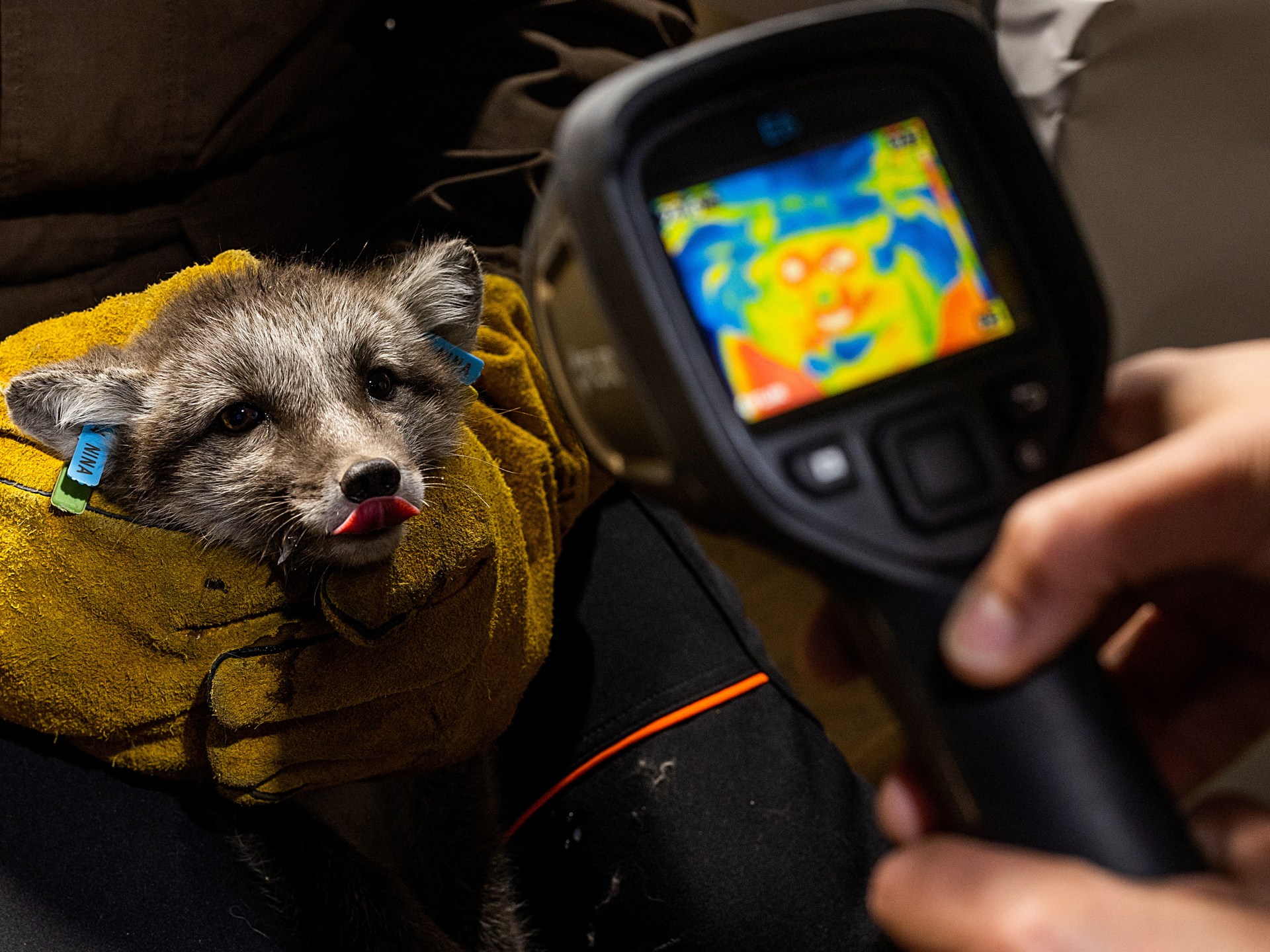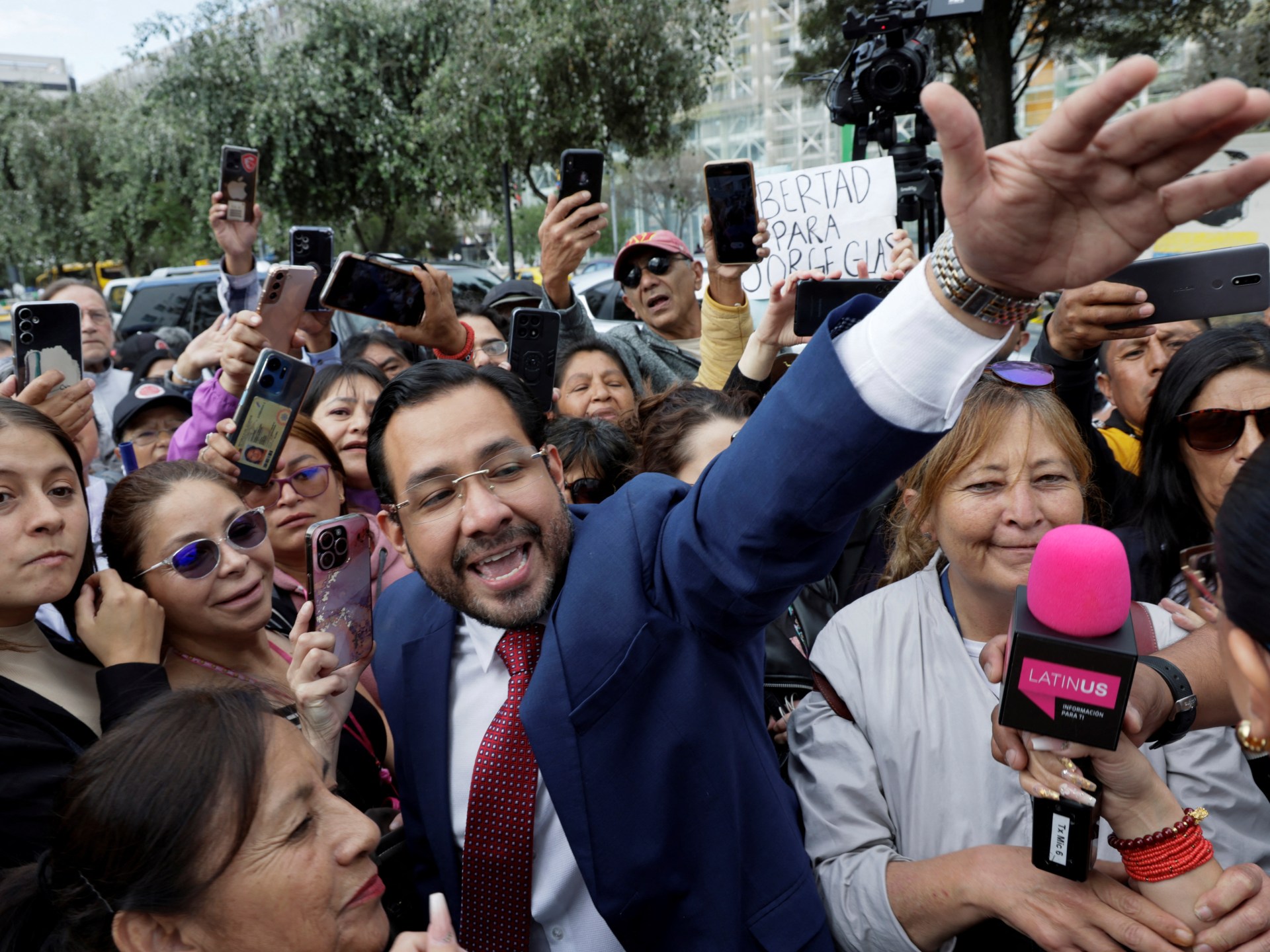Norway gives Arctic foxes a helping hand amid climate woes | Climate
One by one, the crate doors swing open and five Arctic foxes bound off into the snowy landscape.
But in the wilds of southern Norway, the newly freed foxes may struggle to find enough to eat, as the effects of climate change make the foxes’ traditional rodent prey more scarce.
In Hardangervidda National Park, where the foxes have been released, there has not been a good lemming year since 2021, conservationists said.
That is why scientists breeding the foxes in captivity have also been maintaining more than 30 feeding stations stocked with dog food kibble across the alpine wilderness – a rare and controversial step in conservation circles.
“If the food is not there for them, what do you do?” asked conservation biologist Craig Jackson of the Norwegian Institute for Nature Research, which has been managing the fox programme on behalf of the country’s environment agency.
That question will become increasingly urgent as climate change and habitat loss push thousands of the world’s species to the edge of survival, disrupting food chains and leaving some animals to starve.
While some scientists have said it is inevitable that more feeding programmes to prevent extinctions will become necessary, others have questioned whether it makes sense to support animals in landscapes that can no longer sustain them.
As part of the state-sponsored programme to restore Arctic foxes, Norway has been feeding the population for nearly 20 years, at an annual cost of about 3.1 million Norwegian krone ($293,000) and it has no plans to stop anytime soon.
Since 2006, the programme has helped to boost the fox population from as few as 40 in Norway, Finland, and Sweden, to about 550 across the Scandinavian Peninsula today.
Check out our Latest News and Follow us at Facebook
Original Source







